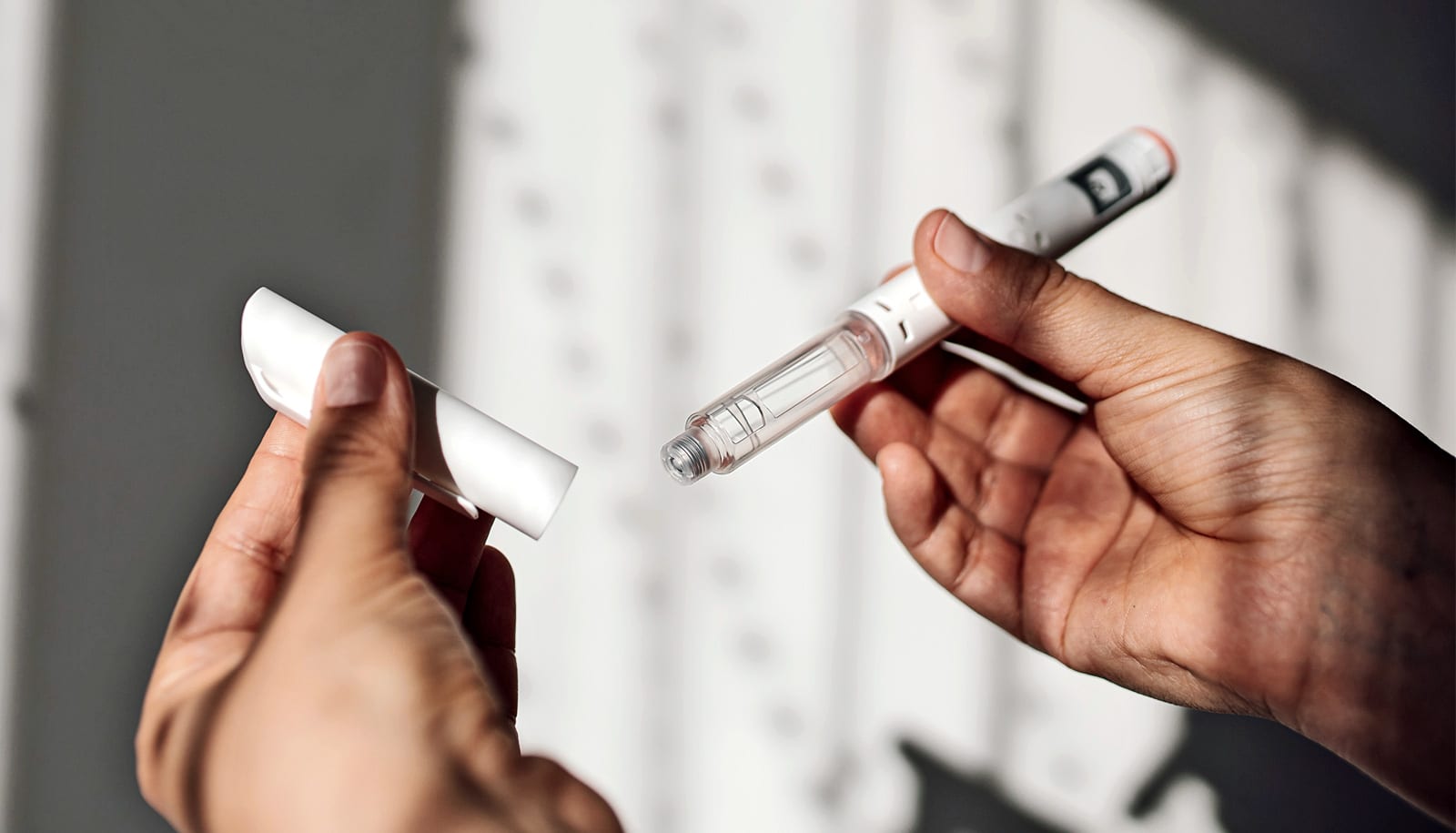Fentanyl, a highly potent prescription opioid, has Rhode Island drug users on high alert. But despite widespread aversion, the drug now causes the majority of the state’s drug overdose deaths.
A pair of studies published in the International Journal of Drug Policy underscores the urgency of combatting the misuse of fentanyl and dispute a common perception that many users seek out the drug for its potency.
“Most people are not asking for it,” says Jennifer Carroll, lead author of one of the studies and an adjunct assistant professor of medicine at the Warren Alpert Medical School at Brown University. “They can’t avoid it, and their desire to avoid it is not reducing their risk.”
The number of overdose deaths in Rhode Island attributable to fentanyl rose to 138 in the first nine months of 2016, compared to 84 in all of 2014, according to the other study, which Brandon Marshall, an assistant professor of epidemiology, led. In 2014, 35 percent of the state’s fatal overdoses occurred because of fentanyl, but by 2016, it was involved in 56 percent of drug deaths.
Moreover, mapping all 778 overdose deaths in the state during the study period showed that fentanyl-related deaths occur virtually everywhere that heroin overdoses are occurring. Fentanyl, is often used to lace heroin but many users can’t tell when it’s present.
Veterans who misuse painkillers often turn to heroin
“We were surprised that we saw such similar geographic patterns,” Marshall says. “What we’re drawing from that is that there is widespread contamination of the drug supply with fentanyl. It’s not clustered in one city or town.”
“I’ve seen people OD in front of me from shooting the stuff. People are dropping like flies.”
The data do show ominous differences with fatal fentanyl overdoses. One is that these deaths are particularly likely among users who inject drugs. Another is that users are now dying younger. With fentanyl in the mix, the lifetime risk of a deadly drug overdose accumulates much faster than it used to, Marshall says.
While Marshall’s study documents the broad extent of the deaths, Carroll’s study gives voice to those who are trying to survive the onslaught. Surveys of 149 users and face-to-face interviews with 47 of them shows a palpable fear and dislike for fentanyl among drug users. Four in five respondents said they were well aware of fentanyl and its dangers, but many described difficulty in avoiding it.
Traci Green, an associate professor at Brown and Boston University’s schools of medicine and public health and a senior author of both papers, notes that fentanyl’s appearance in the illegal drug trade occurred early on in Rhode Island. The first appearance of acetyl fentanyl was linked to a clandestine Rhode Island lab in spring 2013, possibly foreshadowing the shift to including fentanyl. Unlike heroin, fentanyl can be created synthetically.
Of the 121 users who told Carroll they were aware and wary of fentanyl, 61 said they had been exposed to it. In the prior year before filling out the survey, 51 percent of those with exposure had experienced a non-fatal overdose, while only 17 percent of those who did not report fentanyl exposure said they had overdosed.
‘If I’m sick, I gotta do it’
Throughout the study, Carroll and her coauthors included direct quotes from user interviews that illustrated the broader trends in the data. Matt, a man in his 20s from western Rhode Island spoke of his fear of fentanyl.
“I’ve seen people OD in front of me from shooting the stuff,” he is quoted as saying. “People are dropping like flies. I’ve had three friends I grew up with since I was 10. They’re all dead from [heroin cut with fentanyl].”
Another user, Jason, said that if he is struggling enough with the onset of withdrawal symptoms, he’ll still use heroin even if he suspects the presence of fentanyl. So he’ll try a little first to see if he feels fentanyl’s very strong effects.
“[It depends on] the availability of other batches and how sick I am,” he said. “If I’m sick, I gotta do it, you know? I won’t do half a gram. You know, I’ll do a little pinch and I’ll figure it out from there, but I won’t start big. It’s scary. I’ve watched overdoses. And I’ve had one in front of my girl.”
Treat opioid addiction in hospital ED for better results
Heroin users employ a wide variety of strategies to attempt to avoid fentanyl. Matt’s strategy is to snort rather than inject. Jason’s strategy is to try a little bit of the drug first. Sheryl said she tries to inspect the drug visually, while Carl said he can tell by the smell. But users acknowledge their attempts at analysis are not very effective. A quantity of fentanyl equivalent to just two grains of salt can kill, meaning that very little has to be cut into heroin to pose a threat.
While some users said their long-term experience with their dealers allows them to trust that they won’t be sold heroin with fentanyl, not everyone have that kind of trust. Maggie, a woman in her 40s, says dealers don’t care whether users die because they only care about money.
Given the lack of demand, the researchers say they suspect that supply side reasons account for the presence of fentanyl in the market.
Can anything help?
Researchers point to several measures that can help prevent deadly overdoses.
Because fentanyl acts faster than heroin in suppressing breathing, users need readier access to the overdose-reversing drug naloxone. They also need it in higher doses.
“Programs to increase distribution of naloxone to people who use drugs, their acquaintances, and their loved ones are urgently required,” Marshall and coauthors write.
Many of the users in Carroll’s study reported frustration in obtaining medication-assisted treatment with methadone or Suboxone to end heroin use because of difficulties with insurance or in finding a doctor. In Marshall’s study, researchers write more doctors should receive training and a subsequent waiver that would allow them to prescribe medication-assisted treatment. The proportion of the state’s physicians authorized to write prescriptions has been growing but remains low.
“People are trying to help themselves and find their way, but the system isn’t exactly ready to go,” Green says.
Marshall’s study also suggests increasing peer education efforts among users and investigating whether to establish supervised injection facilities, where users could take their heroin with medical providers standing by. The idea is controversial, but Carroll says purely from a public health standpoint, research shows that such facilities save lives.
Finally, a relatively new development currently being studied in Rhode Island and Massachusetts involves the distribution of fentanyl testing strips that allow users to detect the drug.
The US Centers for Disease Control and Prevention and a Brown University Henry Merritt Wriston Professorship funded Marshall’s study.
CVS Health contributions to the Rhode Island Governors Task Force on Overdose and Addiction funded Carroll’s study, which also received support from the Lifespan/Tufts/Brown Center for AIDS Research, a program funded by the National Institutes of Health. Further support came from the Agency for Healthcare Research and Quality and the Wriston professorship.
Source: Brown University



